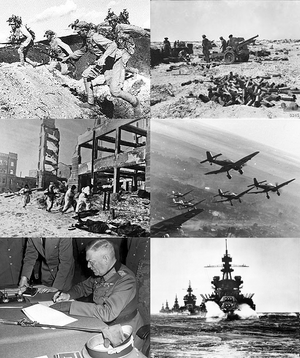a) I chose the five minute extract (6:50-12:10)when Travis Bickle is preparing for the presidential candidate, Palentine’s, assassination. I chose the five minutes section of the film because it showed Bickle’s breaking point; he cannot take living in a “filthy” New York City anymore, so he takes matters into his own hands. It also reflects some genre influences and explores Bickle’s character as an awkward, lonely, yet hysterical, violent, and obsessive man. He descends into madness after the rejection from Betsy. He loses all self-awareness and convinces himself that shooting a presidential candidate and then suicide is a heroic act.

b)The director, Martin Scorsese's body of work includes themes as Italian American identity, Roman Catholic concepts of guilt and redemption, machismo, modern crime and violence”. Taxi Driver delves more deeply into modern crime and violence. The streets of New York are mean and tough while Bickle drives in his taxi at night, which is enhanced by the grittiness from the steam and sewers. His practice with the guns is unique, like most of Scorsese’s Film Noir films. The robbery and shooting in the store is also typical of Scorsese as well. He tends to have the same style: New York settings and loners struggling with inner turmoil.


c) The narrative is linear in the film. Before the extract, Bickle gradually loses his mind after losing Betsy. He feels more isolated and miserable in the city. He absentmindedly runs his cab into a young prostitute, the same one who jumped into his cab earlier in the film. After buying guns from a salesman, he begins training his body for what it seems like combat. His speech begins to become repetitive and disjointed and he even shoots a black robber in a convenience store. Bickle’s voice over (him explaining why he hates New York and his new mission in life) dominates the extract, and basically the entire film. This allows the audience to delve deeper into his mind.
d) The director attempts to explore the theme of lonliness in crowds or isolation. In the large population New York City, forming intimate relationships can be rare. With Bickle’s traumatized mind due to the Vietnam War and inability to fit in to society, he reflects the typical urban isolation. Travis resents that the people in his taxi who pretend he doesn't exist, and in a way, New York itself is an extension of the taxi. Bickle is shown as isolated from society or separated from reality when he is watching television alone. It seems as though the only exposure to culture is through television. Due to his failed relationship with Betsy and his strained relationship with his parents, Bickle chooses to isolate himself where he can reflect on life in his journal and mope.


e) Taxi Driver is a gritty, disturbing, nightmarish modern film classic, that explores alienation in urban society. Scorsese combines elements of Film Noir, the western, horror and urban melodrama film genres. The film appeared after the Vietnam War, and after President Nixon's resignation. Travis’ attempt to assassinate the presidential candidate, Palantine, was inspired by current events of that time period. In 1972, Arthur Bremer tried and failed to assassinate presidential candidate and Governor George C. Wallace. He was a young loner who lived in a rented room and stalked Wallace for weeks. His attempted assassination is almost identical to Travis Bickle’s attempt.











